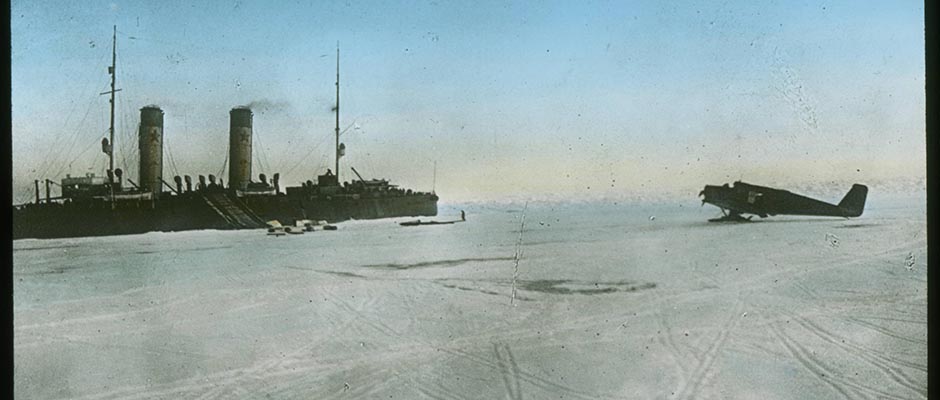-
Kirovsk
Encyclopedia Arctica 10: Soviet North, Geography and General
Unpaginated | Vol_X-0174
[Figure]
001 | Vol_X-0175
KIROVSK, formerly Khibinogorsk, on the Kola Peninsula (cf.), lies just
east of the Murmansk-Leningrad Railroad, on a 13-mile spur. It is 1,230
ft. above sea level, lies on the shores of Lake Bolshoi Vudiavr, and is
overshadowed by 4,890 ft. Mt. Kukisvumchorr (cf.) whose immense wealth
in apatite (cf.) and related rare earths and ores led to the founding
of the city late in 1929. [ ?] Its population of 40,000 a decade later
made it the largest city newly built by the Soviet regime north of the
Arctic Circle, although Murmansk, formerly an insignificant village, had
experienced larger numerical growth. In 1939 Kirovsk [ ?] had two theaters,
movie houses, mining and chemical schools, libraries, the Kola Branch
of the Academy of Sciences and the only Arctic-Alpine Botanical Garden
in existence. It is a most noteworthy example of planned urban develop–
ment in the Far North. Its economy is based on [ ?] the following industrial
enterprises: an[?] apatite mine, open cut and tunneled, with an annual
capacity of 4,500,000 tons; a sphene (cf.) mine, 75,000 tons; a molyb–
denum mine, 60,000 tons; a molybdenum refinery, 16,600 tons; a lovchorr–
ite (cf.) mine, 10,000 tons; a lovchorrite refinery, 830 tons; an eudi- evdi-
alite [ ?] (cf.) mine and refinery; a magnetic pyrites pirrotin (cf.) mine; three an apatite
concentration plant s with an annual total capacity of 3,000,000 2,750,000 tons (the rest
is [ ?] exported raw or processed elsewhere); a nepheline concentra–
tion plant of 900,000 tons capacity; a sphene concentration plant,
25,000 tons; an experimental ceramics works, and an apatite sorting
plant. There is also the largest cement, brick and tile factory in Europe. [ ?] Refined chemicals produced in Kirovsk include yellow and
red phosphorus, superphosphate and double superphosphate, sulphuric acid, aluminum sulphate,
and permutite silica gel. Secondary enterprises in the city include a saw–
mill, brick works, slag block works, wood-working enterprise and machine
shops. There is a remarkable geological museum. The Third 5-Year Plan, 1937-42, called for a trebled output of
apatite, which is known to have reached 3,000,000 tons in 1936. War in–
terrupted the attainment of this goal. The 4th 5-Year Plan, 1946-50,
calls for the prospecting of 140,000,000 tons of apatite ore ( there are at [ ?]
leat 2,000,000,000 tons available) [ ?] for exploitation in the coming years.

